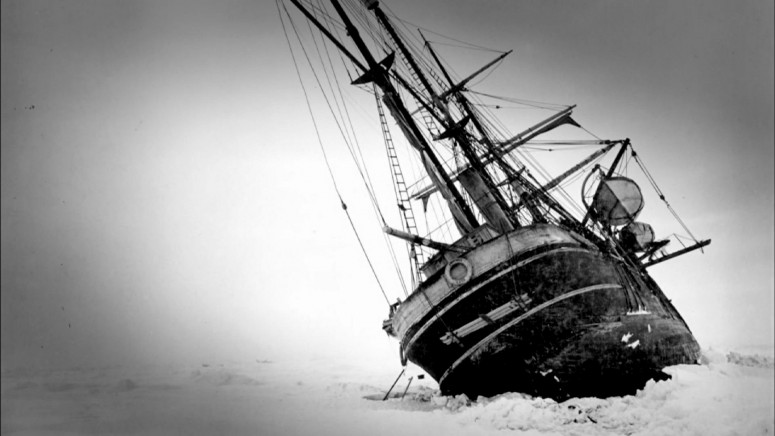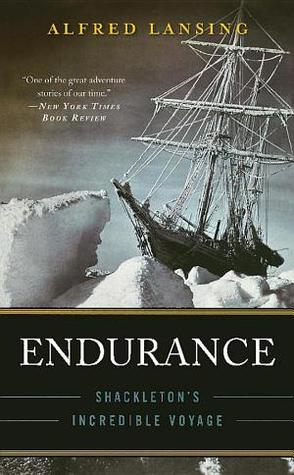
Over the next few weeks the crew continues salvage operations as Endurance is slowly but entirely crushed. The crew establishes a makeshift home and names the drifting place Ocean Camp. They salvage as much food and material as possible, and the expedition's dogs, sledges, and boats, are stockpiled on the floe. The crew, led by Shackleton, abandons ship and makes camp on a huge floe of pack ice. At the end of October, 1915, the Endurance finally succumbs to the intense pressure and is slowly crushed. As the weather turns ever colder, the pack ice thickens and winter storms drive the floes together with increasing pressure and violence. In the intervening months the crew leads a generally optimistic life of boredom and intense cold even as the gradual realization sets that the trans-Antarctic nature of the expedition has failed. By late October, 1915, Endurance drifts some 500 nautical miles to the north-east, frozen fast in apparently limitless pack ice. Endurance drifts with the pack ice for several months, eventually losing sight of land as the typical Weddell Sea current spins the vast pack ice floe in a slow clockwise direction.Īs the pack ice transcribes its giant clockwise rotation, so ends the Antarctic summer.

By January, 1915, Endurance is a scant 60 nautical miles from its intended landfall-but it is also frozen immobile in pack ice that extends to all horizons. In December, 1914, the expedition, aboard the purpose-built polar exploration ship Endurance, enters the pack ice of the Weddell Sea off the coast of Antarctica some 1,100 nautical miles east of the Palmer Peninsula.

The expedition intends to transverse the Antarctic continent by dog sledge.

In 1914 Sir Ernest Shackleton leads twenty-seven men on the Imperial Trans-Antarctic Expedition.


 0 kommentar(er)
0 kommentar(er)
